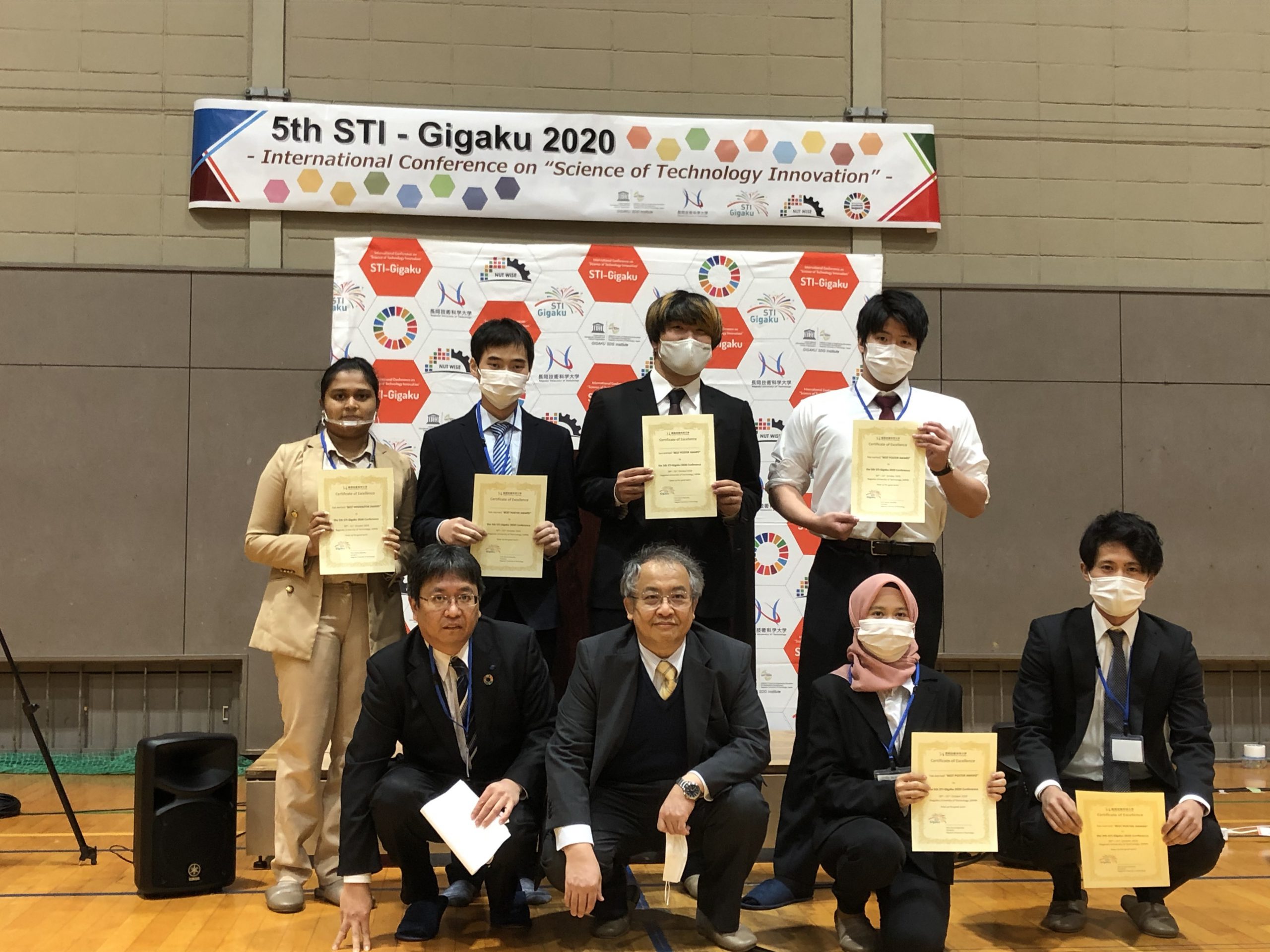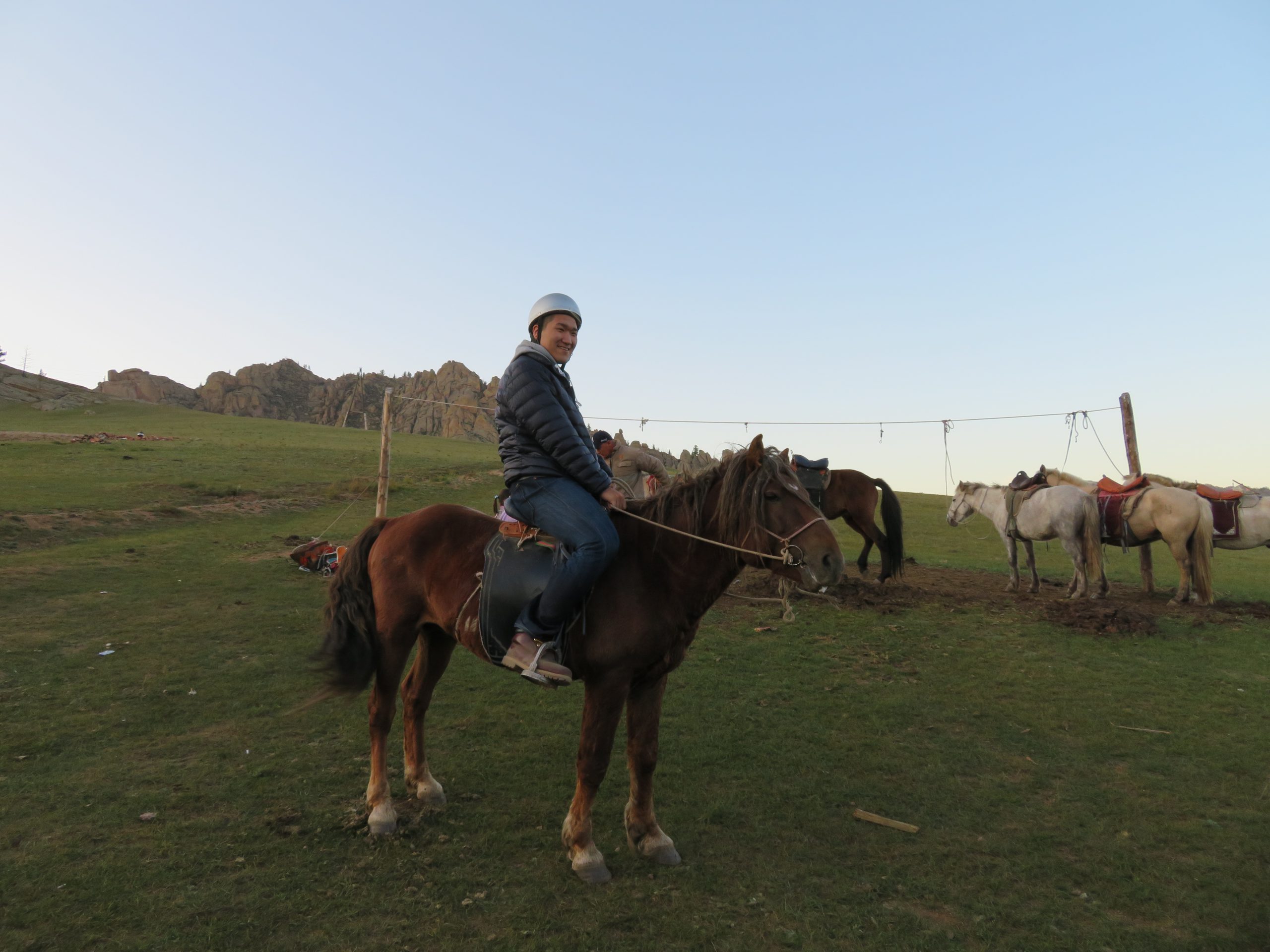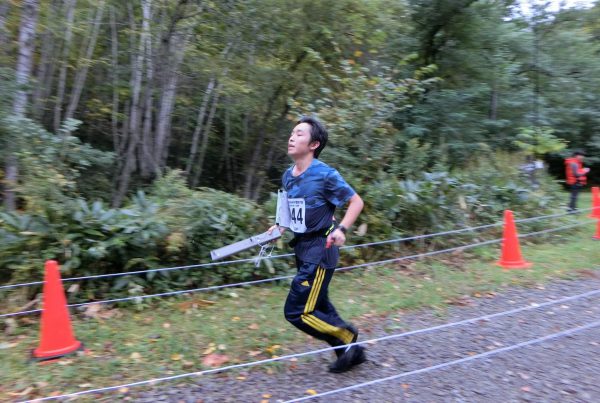Nothing excites Hiroyuki Saito than to be at the forefront of research and innovation. Born and raised in Nagaoka City, Japan, he joined the Department of Science of Technology Innovation and WISE Program at Nagaoka University of Technology to pursue a new frontier in physics and materials science research.
The Nagaoka Review (NR) spoke with Hiroyuki (HS) to learn more about his program, goals and aspirations, and his experience as a research student.
HS: Currently, I am doing a research on flash sintering technology. What makes this field interesting is that it is still a relatively new and undeveloped field.
In scientific terms, sintering refers to the process of fusing loose fine particles into one solid mass without fully melting the particles. To do this, a combination of pressure and heat are used. But this process is quite energy intensive and is also very time consuming.
My research focuses on using an electric field for the sintering process, utilizing 1500℃ until the process is completed. This method is called the electric field support sintering method. Compared to the previous process of applying pressure or heat, using electric field makes the sintering process faster and more efficient.
This method is a new area of research that has not been studied quite extensively yet especially here in Japan. Using this low temperature and short period, we are doing further research on the feasibility of having additional temperature reduction using a special electric field. I want my research to contribute to the body of knowledge that can explain this phenomenon.
Since this method can fuse loose particles at low temperature and a much faster rate, we could be looking at this as an innovative technique for manufacturing functional materials that previously required high temperatures and took a lot of time to do. The University of Warwick has identified ceramic materials used in hip and knee implants and body and vehicle armour as possible applications of this technique.
HS: Prior to entering the WISE Program at Nagaoka University of Technology, I attended the Department of Mechanical Engineering at National Institute of Technology, Nagaoka College (a kosen or college of technology), where I majored in electronics and mechanical systems engineering advance course.
During the seven years that I was there, I was involved in various activities and got to know a lot of people including those from the university. Years later, I thought it would be best to enter Nagaoka University of Technology in order to further expand my knowledge.
NUT is one of around 12 national universities selected for the WISE Program designed to provide world-leading innovative and smart education.
There are systematic collaborations with organizations outside of the university (including overseas universities and private corporations) which allow students to go to many internships. This is also what makes it different from other universities.
Because the program is financially subsidized, this allowed me to focus on my research and extracurricular activities. Currently, I am a member of the Robo soccer team INPUT and the robomaster team, Phoenix Robots. I have loved science and making things ever since I was a little boy so it’s good that I am able to continue this passion even up to this day.
Hiroyuki Saito with his teams, INPUT and Phoenix Robots
The classes are also very interesting. There are many other classes, but the ones that stood out for me are Design Thinking and Think Like a Futurist. These are non-engineering courses that are focused on thoughts and emotions which offer a different way of enabling a mindset for innovation.
In Design Thinking, we were taught how to look at developing products / services from a human-centric approach. I found this very interesting as it gave me a different approach and method of looking at things. Think Like a Futurist, on the other hand, is very relevant in these rapidly changing rimes. It made me pay attention to the evolving trends and technologies to help predict the future. Learning how to think like a futurist by developing a futurist mindset, has broadened my perspectives, and inspired me to envision and create a future that I want to live in. I am glad that I was able to take these classes.
NR: Aside from research, what are your other interests that help broaden your horizons or perspectives?
Traveling and my experiences studying abroad! I’ve studied in Mexico, Mongolia, Finland, and Kenya. And I’ve also visited Europe.
I studied abroad for three months at the Turku University of Applied Sciences (in Turku, Finland) where I participated in designing an electric car. Finland has high taxes, but also an efficient welfare program. It was particularly impressed by the fact that students can eat buffet style meals at any university for 2.6 euros. I thought it would be nice if there was a similar system in Japan. I explored Finland on my holidays while studying abroad and was able to see the aurora.
I also visited England, France, Italy, the Vatican City, Germany and Estonia. At that time, I also experienced sleeping outside in the open air, and thought it to be a good experience. In Estonia, I also visited TalTech University of Technology and learned about e-government before it became popular in Japan.
Finally, I was able to travel to Kenya in collaboration with the Japan International Cooperation Agency (JICA). In Kenya, electricity was not very widespread, and we often had power outages. In addition, there is a rule that if you have a plastic bag, you will be fined, and I thought that I was looking at an advanced approach to addressing environmental issues. And due to the rapid progress of culture and technology in Kenya, there is a situation where everyone has a smartphone even though they do not have a bank account. And despite the risks of electronic payment fraud, electronic payments are widely adopted. I thought that Kenya was more advanced than Japan in terms of embracing e-payments.
Hiroyuki Saito’s experiences abroad: in Finland, Mongolia, Kenya, Mexico, Italy, and the Vatican City.
NR: What does the future look like for Hiroyuki Saito?
Just like what we say in Phoenix Robots, “win and keep your helmet on”. I’ll continue to work hard and do my best to give the scientific community a better understanding of the electric field support sintering method or finding applications using this method to solve real-world problems. I look forward to being a researcher, a consultant at a private company, or doing both.












